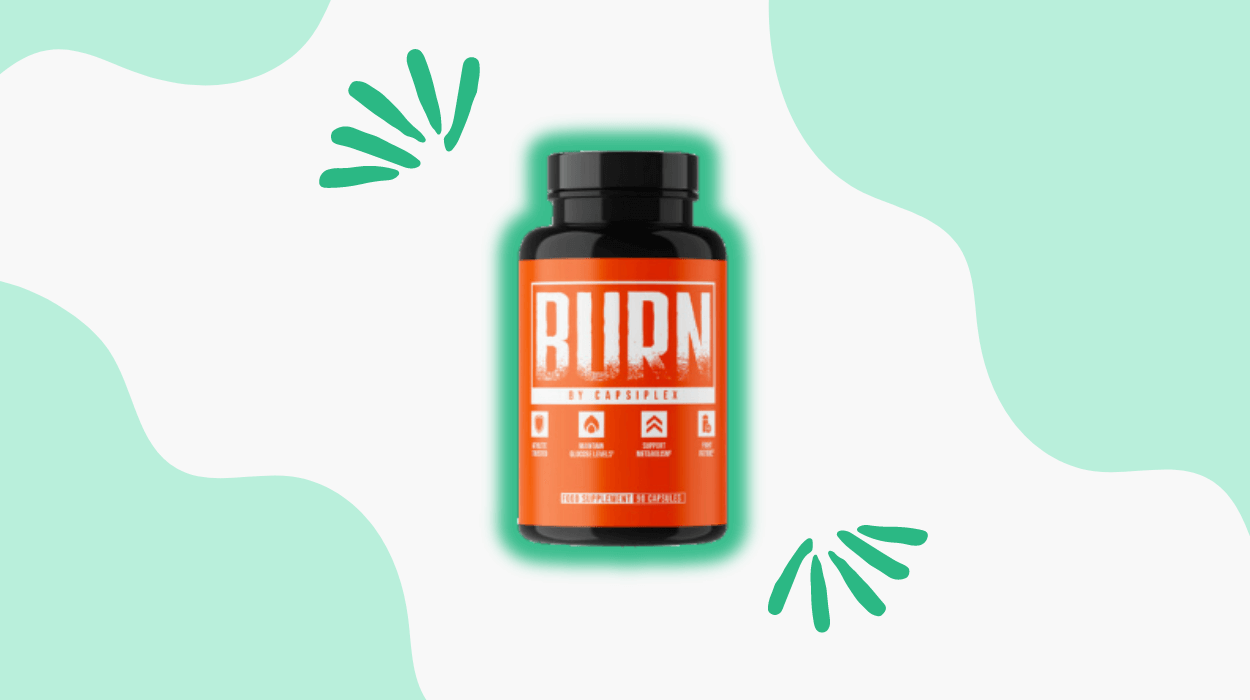

A healthy weight may prevent disease, metabolic issues, and other severe health conditions. There are various ways to achieve and maintain weight loss.
You can reduce your calorie consumption, increase your workout intensity, or track your carb intake.
These approaches may or may not work for you. However, increasing your daily fiber consumption may help you lose weight.
Fiber is vital to a balanced diet as it might ease digestion and promote regular bowel movements. Besides these benefits, fiber can also aid in other aspects of health, and one such significant aspect of fiber is its impact on weight loss.
With its gut health-promoting properties, fiber could help you lose extra weight by impacting your appetite. Though fiber content in your diet is essential, knowing how much you should consume daily is also important.
 What Is Recommended Fiber Intake To Lose Weight?
What Is Recommended Fiber Intake To Lose Weight?The FDA advises a Daily Value of 28 grams of fiber for adults on a 2,000-calorie diet, with variations based on age and sex.
The USDA’s Dietary Guidelines for Americans suggest the following fiber intake:
| Age/Sex Group | Recommended Fiber Intake (grams/day) |
|---|---|
| Women under 50 | 25-28 |
| Men under 50 | 31-34 |
| Women 51 and older | 22 |
| Men 51 and older | 28 |
Children aged 1 to 18 should consume 14 to 31 grams of fiber daily, varying by age and sex. Higher fiber intake could significantly reduce the risk of chronic diseases.
Fiber may aid in weight management through various mechanisms that promote overall health and well-being. Here are some ways how fiber may help you lose weight:
Gradually easing into a high-fiber diet could minimize digestive discomfort and optimize the body’s adjustment to increased fiber intake. Avoid excessive fiber consumption, which might lead to bloating, gas, and other digestive issues.
However, drink adequate water when integrating more fiber-rich foods into your diet. Water may aid in the smooth fiber flow through the digestive system, preventing constipation and promoting overall digestive health.
When reading food labels may ensure you’re meeting your fiber needs. It may help you make healthier food choices and help keep track of your fiber intake.
It is important to meet the recommended daily fiber targets and effectively follow dietary guidelines for fiber intake. Here are some practical tips to help you adhere to these guidelines:
There are two types of fiber. Soluble fiber could smoothly dissolve in water. It has plant pectin gums. Insoluble fiber does not dissolve in water. It contains hemicellulose and cellulose. These fiber varieties are essential for digestion and may also help prevent diseases.
Soluble fiber draws water into the gut that helps create a gel-like substance in the stomach, which may slow digestion. This process might lead to a prolonged feeling of fullness, aiding in appetite control and potentially reducing overall calorie intake.
Soluble fiber may help slow down sugar absorption in the bloodstream and may stabilize blood sugar levels. This effect may prevent spikes and crashes in energy, leading to reduced cravings and unnecessary snacking.
Insoluble fiber, undigested by the body, may increase the volume of food in the digestive system, increasing satiety and reducing the urge to overeat. It might add bulk to stool and help reduce the chances of constipation and irregular stools.
These fibers may help move food and waste through the digestive tract efficiently, preventing constipation and supporting overall gut health.
Fiber might lead to discomfort if consumed in excessive amounts. These symptoms could manifest in the following ways:
Diversifying your vegetable intake with fiber-rich options could significantly boost your daily fiber consumption for improved digestive health and weight management. Some of the foods high in fiber are listed below:
Grains and legumes could enhance nutrient intake and support weight loss goals through improved digestion and overall health.
Fruits are also good sources of fiber. Here is a breakdown of the fiber content in some common fruits:
| Fruit | Fiber Content (per medium-sized fruit) |
|---|---|
| Apples | 5 grams |
| Avocado | 1 grams |
| Bananas | Around 3 grams |
| Berries | 2 grams |
| Kiwi | 4 grams |
| Oranges | 3-4 grams |
| Pears | Up to 6 grams |
Nuts and seeds are nutrient-dense foods and are good sources of fiber and healthy fats essential for a balanced diet.
Here are some fiber-rich nuts and seeds to consider:
| Health Benefits | Description |
|---|---|
| Supports weight loss | Fiber increases satiety, aids digestion, and helps manage weight. |
| Reduces cholesterol and blood sugar | Soluble fiber can lower cholesterol and stabilize blood sugar levels. |
| Lowers risk of cardiovascular diseases | Fiber-rich diets are linked to a decreased risk of heart disease and stroke. |
| Increases digestive and bowel health | Fiber promotes healthy digestion, prevents constipation, and supports bowel regularity. |
| May lower risk of cancer | Some studies suggest a potential link between fiber intake and reduced risk of certain cancers. |
Fibers might assist you with weight loss as they play an essential role in the overall digestive process and regulation of bowel movements.
However, knowing how much fiber you need regularly is essential as it allows you to monitor your overall intake.
When increasing your fiber intake, ensure you do it gradually and steadily. A sudden increase in fiber consumption might lead to indigestion and excess gas buildup.
Talk to your nutritionist to devise a custom meal plan that includes different sources of fiber, and consult them on how you can safely consume fiber without experiencing any health complications.
Drink at least 1 to 3 liters of water when you increase your fiber intake to prevent symptoms such as constipation and bloating.
However, eating fiber alone may not help with weight loss. You should add it to your daily meals along with a healthier lifestyle change for sustained weight loss results.
Tyler Read earned an undergraduate academic degree from Sonoma State University, California and is a certified personal trainer (CPT) with NASM (National Academy of Sports Medicine). With over 16 years of experience, Tyler has trained clients both online and in-person.
He is passionate about helping others turn their love for fitness into a career. Tyler has worked with many local and commercial gyms before establishing his successful private personal training business, which he continues to operate.
